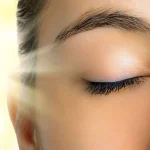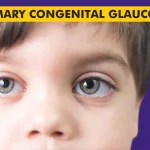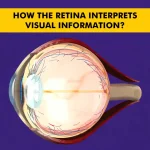Sometimes age brings changes that weaken your vision and eyes, but there are things you can do to maintain lifelong eye and your health. Here is the guide of how your age is related to your eye diseases:
- The first year of your birth
Babies’ primarily focuses on objects 8 to 10 inches from their face or the distance to parent’s face. Their eyes are not well coordinated and may appear to wander or to be crossed which is usually normal at this age. At around, 5th month the eyes are capable of working together to form a 3-D view and begin to have depth perception. Although an infant’s color vision is not as sensitive as an adult’s, most of them have good color vision by five months of age.
- School Age
At school age, every child needs to have certain vision skills for effective reading and learning. These include:
- Visual acuity—the ability to see clearly in the distance for viewing the chalkboard
- Eye Focusing—the ability to quickly and accurately maintain clear vision as the distance from objects change
- Eye tracking—the ability to keep the eyes on target when looking from one object to another
- Eye teaming—the ability to coordinate and use both eyes together when moving the eyes along a printed page
- Visual perception—the ability to organize images on a printed page into letters, words and ideas and to understand and remember what is read
If any of these visual skills are lacking or not functioning properly, can lead to headaches, fatigue and other eyestrain problems. Parents and teachers should be alert for the symptoms that may indicate a child has a vision problem
- Adolescence and Young Adulthood
Many kids start needing prescription eyewear in their teens, mainly because this is a prime time for the development of nearsightedness which means the inability to see objects at a distance. This is a prime time for an eye exam, and the beginning of the habit of seeing an eye doctor yearly.
- Adulthood
As you continue to age through your 50s and beyond, you may notice the need for more frequent changes in eyeglass prescriptions.
- Cataracts – Even though cataracts are considered an age-related eye disease, they are so common among seniors that they can also be classified as a normal aging change. Cataract surgery is extremely safe and effective that 100 percent of vision lost to cataract formation is usually restored. Don’t hesitate to discuss cataract symptoms with your eye doctor, if you are noticing vision changes due to cataracts. It’s better to cure cataracts before it advances too far.
- Glaucoma and Macular Degeneration – Some, however, will experience more serious age-related eye diseases that have greater potential for affecting the quality of life.
- Presbyopia – After you pass the age of 40, you’ll notice it’s more difficult to focus on objects up close because of presbyopia, a normal loss of focusing ability due to hardening of the lens inside your eye.
At any age, it’s necessary to have regular eye exams with a caring and knowledgeable optometrist or ophthalmologist. Recommend to your nearest eye doctor if you face any eye related problems. Read Also: Don’t Let Your Eyes Reveal Your Age





